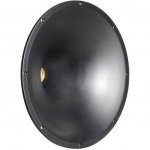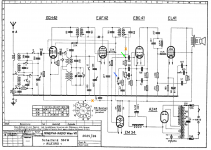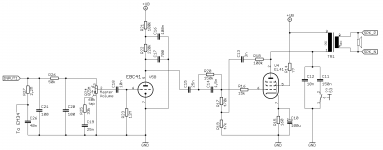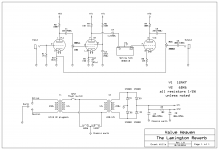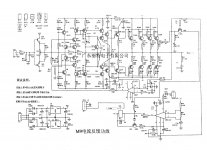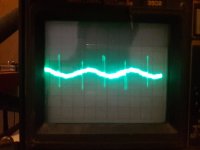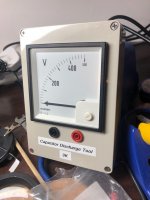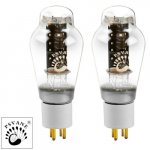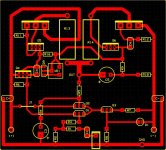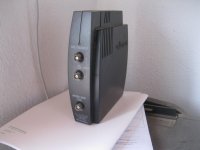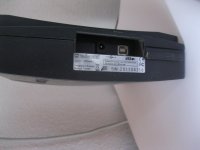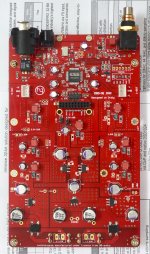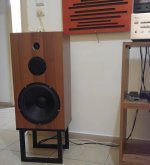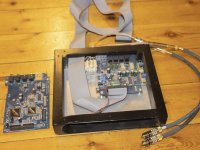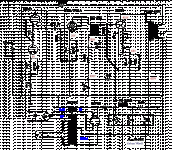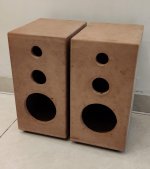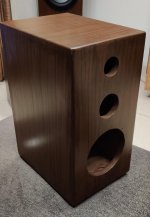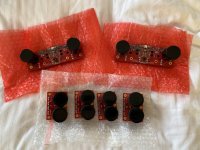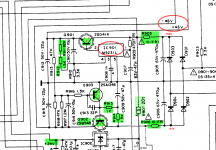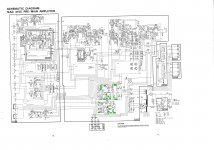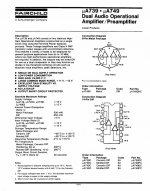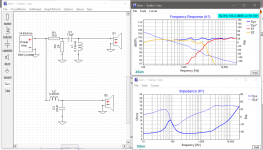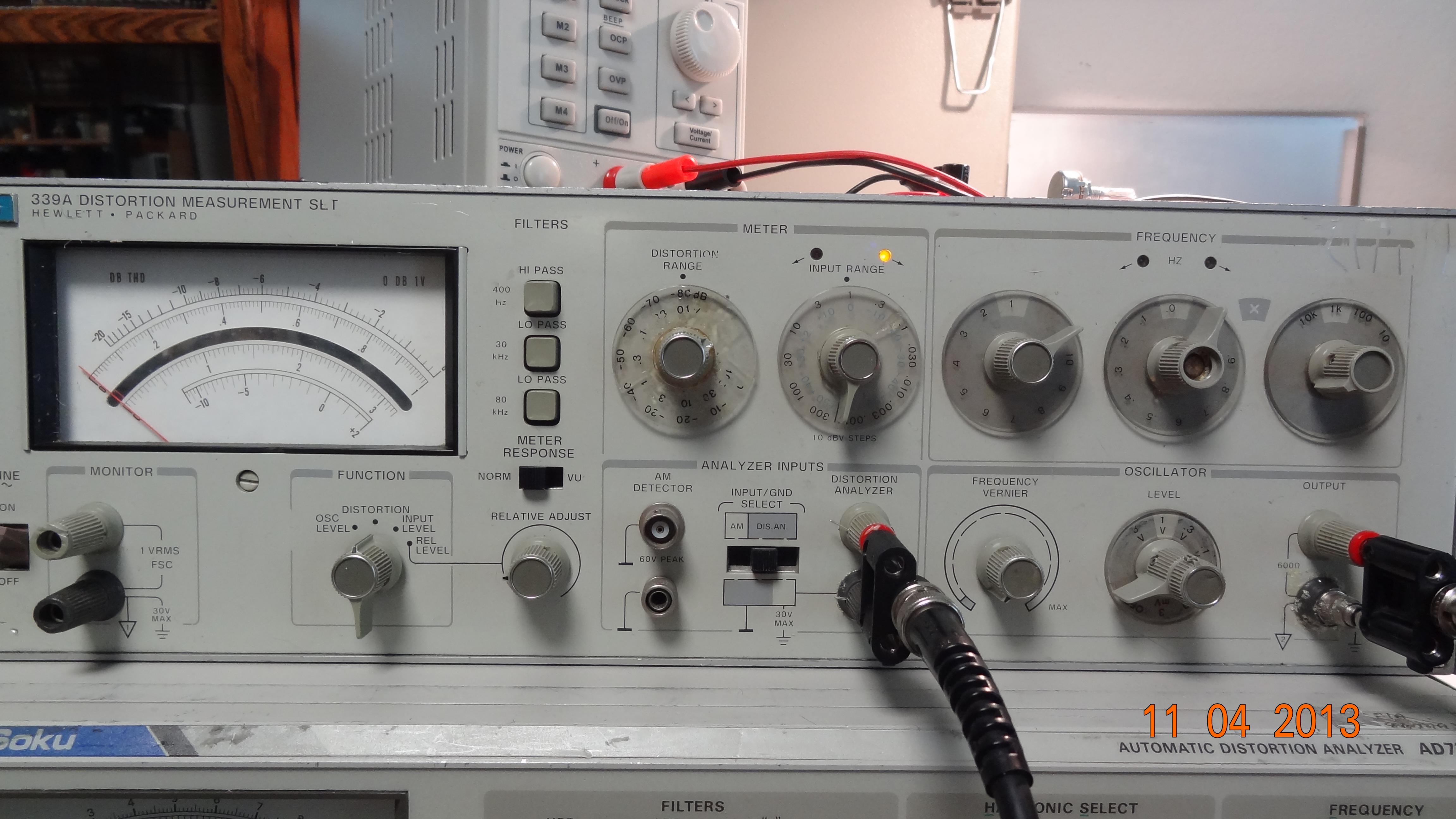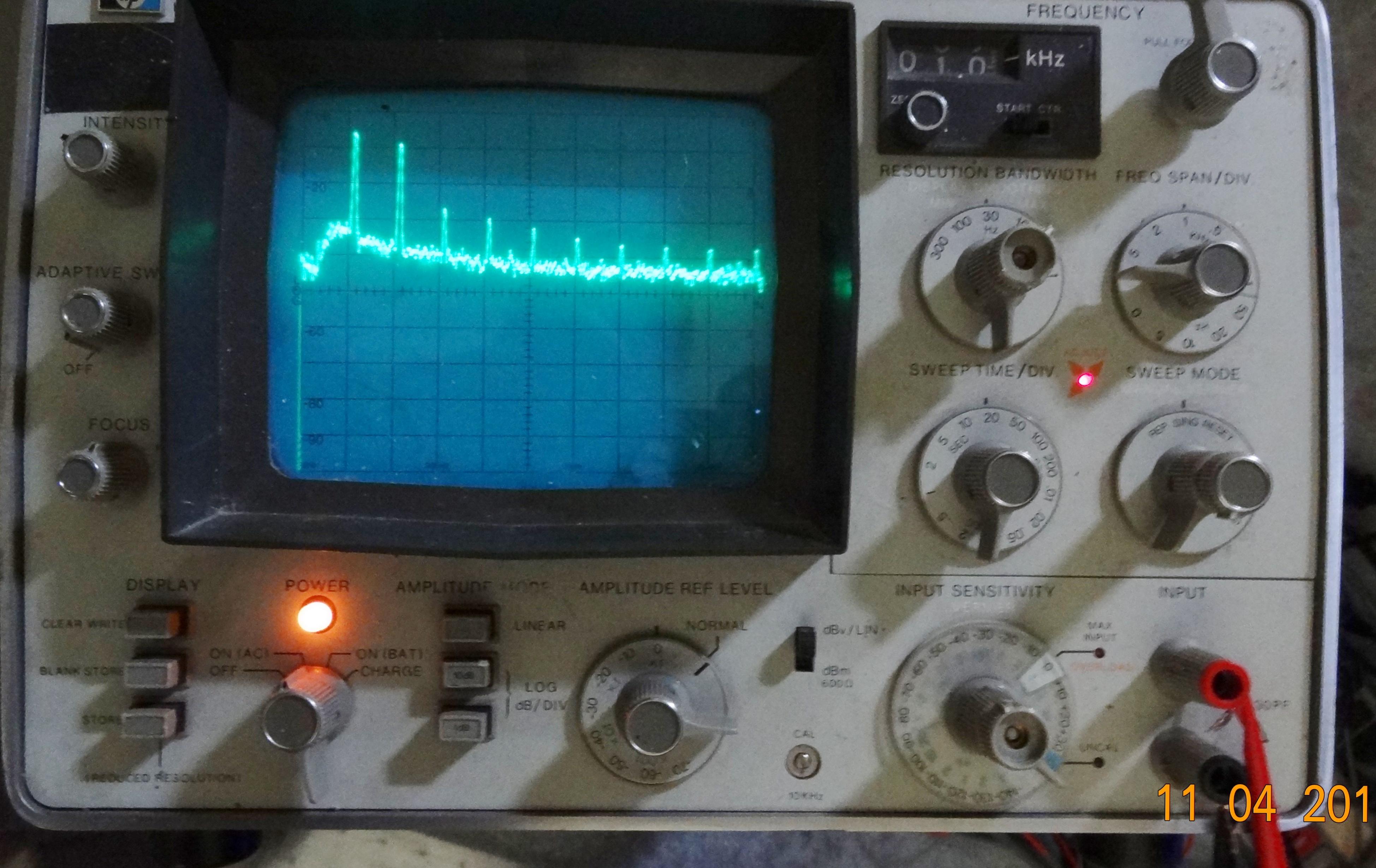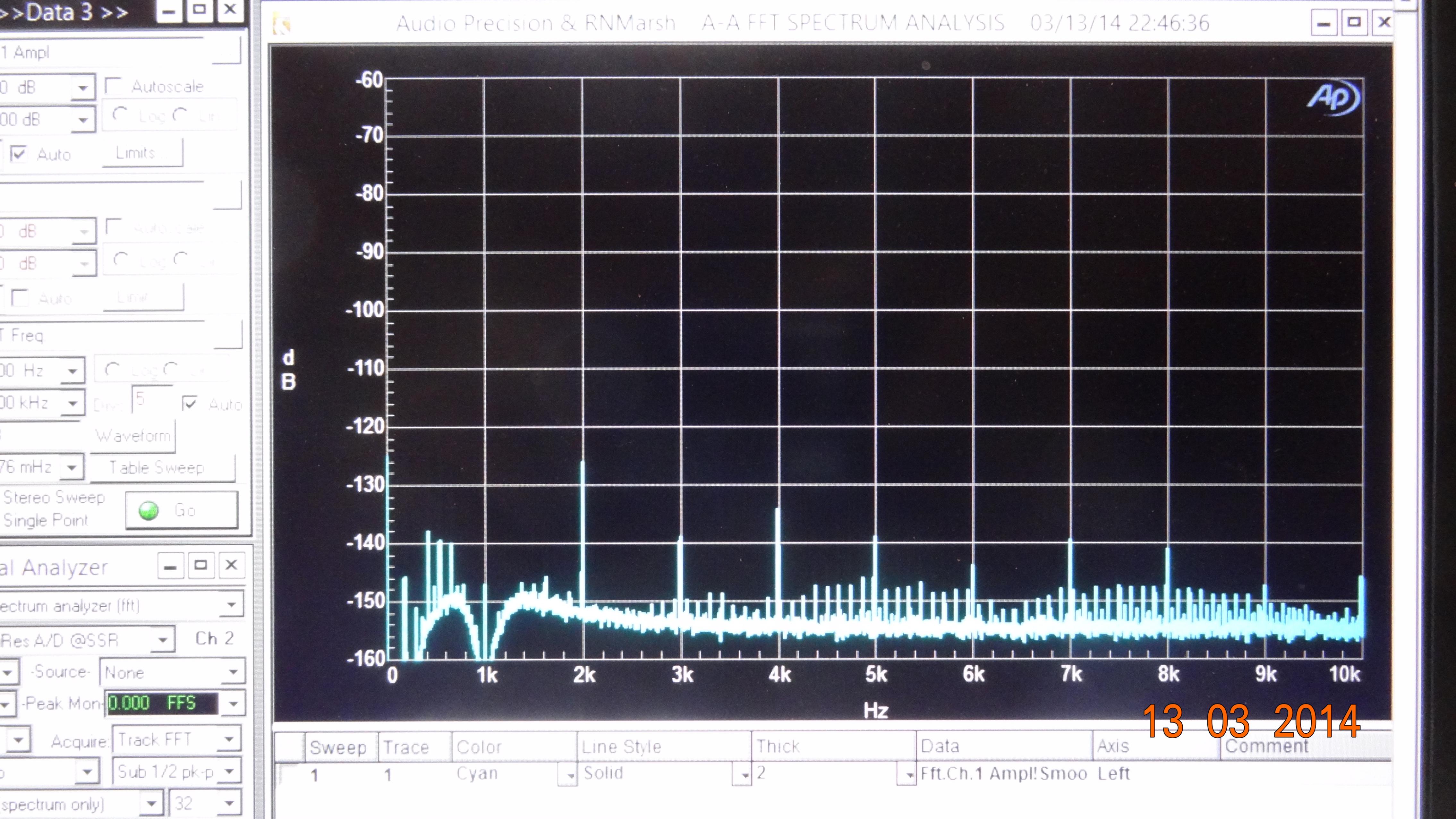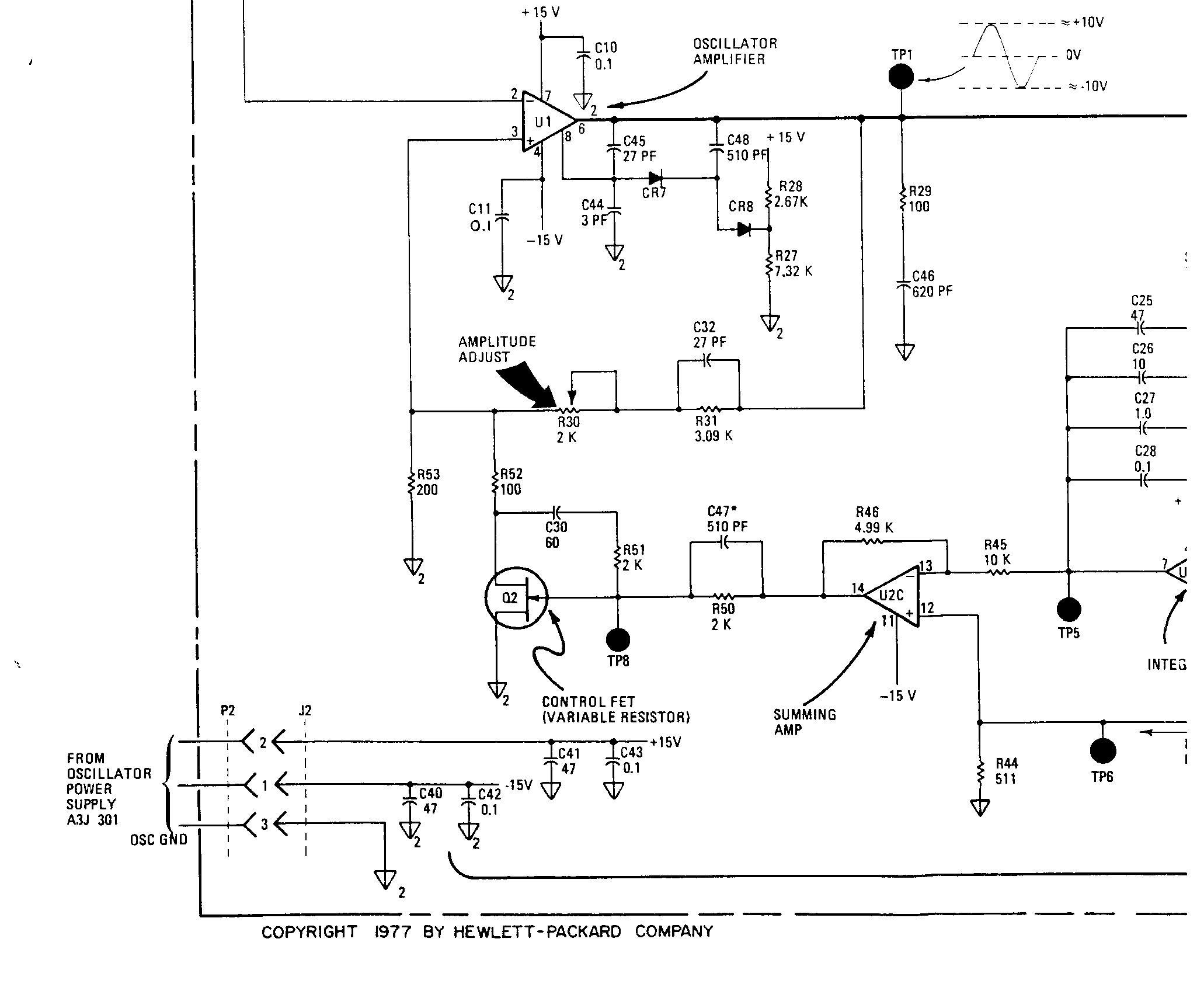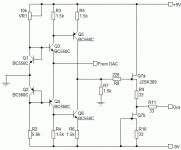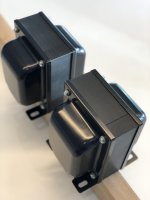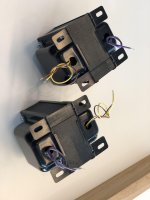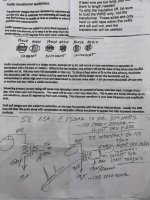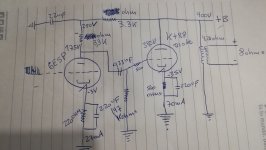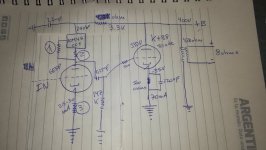Proac are a little mean on what they divulge, so I thought I would share a little of my hard earned knowledge, and give a kind of database of proac info for fans and curios
.
for some great proac klones check this out.
http://audioclone.free.fr/scanspeak.html
Older proacs are divided into 3 ranges,
1/the tablette
2/studio
3/ response
tablette 3, 50, 2000 inc. signatures use seas woofers and seas or scanspeak tweeters...2010 on signatures.
further info added: tablette ref. 8 still using seas bass unit, but treble is now changed to vifa tweeter, these appear to be oem units.
xover is still the std proac seas type, 2nd order on bass, with rlc across woofer, between the inductor and cap.
cabinets do not feel as substantial, terminals are cheaper too, but it is true to say after listening to the 3s, 50s, and ref. 8s, that in every incarnation, they have subsequently sounded more open, better bass and clearer mid, so it would appear they get better with every new model, and its not hype.
studio 1, 100, 200 use scanspeak 8543 paper woofers and seas tweeters
studio 125 are like the tablette 2000, and use seas woofer
studio 150 use seas p14 woofers, and scanspeak 2008 tweeter.
studio 200 and 250 use the 8543, like the studio 1, in the 200 they are in a dapplito and the 250 there are 2 of them, not sure if a 2 or 2 and a half way.
response 1s use seas t14 woofer, scanspeak 2010 tweeter
1sc uses a different woofer.
reponse 2.5, well you know!!
reponse 3 and 3.5 both scanspeak polypropylene woofers, scanspeak 9000 series tweeters
apparently, the r3 cones were made by rogers, and were changed for the 3.5. They are plastic coned.
response 3.8 uses 2x 8535 woofers, 9300 tweeter
response 5 2x8535, atc mid, 2010 tweeter
response 4 atc 9 inch short voice coil woofers, atc mid, scanspeak tweeter.
response 4 crossover is 2nd order bass, 2nd order on the mid(lower and upper) and 2 order on the tweeter, a departure from the normal proac xover.
response d150 and later proacs are now using volt woofers, and some using scanspeak tweeters.
You see a lot of the drive units are similar, the favourites are seas woofers, usually the plastic polyproylene cone: t14, p14 or p17....in the seas woofers, the letter is the cone material, t for TPX a kind of plastic, p for polypropylene, L for aluminium, and the number is the diameter in cm,
and the tweeters usually scanspeak 2008 or 2010 tweeters, and there is really little distinction between the ranges, the tablette are the small ones, some studios are uprated tablettes:
the studio 150 is like the tablette 50, studio 125 is like the tablette 2000.
Studio 200 are the same as the studio 1 or 100 just another drive unit and bigger cabinet.
response d15 is like the tablette 2000 signature: same drive units, bigger cabinet.
response 2.5 is like the studio 125 only different drivers which is the floorstander version of the tablette 2000
Proac seem to favour a d'appolito configuration which is used on studio 150, 200, response 3, 3.5, and the latest responses.
crossovers: the standard proac crossover is 2nd order in the bass, 3 order in the tweeter, with one attenuation resistor as the first component in the tweeter. No L-pads here.
They are in phase, but the components are the opposite way around, ie in the negative path rather than the positive.
With the 2.5, the bass is 3rd order,a change for proac with a 47 ohm resistor across the first inductor.
The 3.8 crossover is 2nd order on the bass unit, at 300 hz, and the rest I think is identical to the 2.5 ie 3rd order midbass, 3rd order tweeter.
With the scanspeak woofers, no resonant filter is used, but with seas, a series RLC circuit in that order R, then iron core L, then C is used, ACROSS the woofer. The bass signal first passes through the series inductor, THEN comes the RLC, then the parallel capacitor...check this out for a typical proac crossover:
http://audioclone.free.fr/responseONEsc.html
The cabinets are lined with bitumen and acoustic foam, terminals are michell rhodium plate.
with the crosovers, the FINESt components refers to air coiled inductors, solen capacitors, and ceramic resistors. Pretty standard, and some standard multilstrand cable, a la qed or bandridge.
latest response d100 uses Volt 2500 type woofers, atc mids.
series RLC on the seas woofers comes after the bass inductor but before the parallel capacitor.
Values are typically: 4.7 ohms for the tweeter resistor, 5uf cap, choke, 6.8uf cap
woofer: choke, 10 ohm resistor, choke, 20-40uf cap in parallel with woofer, 5uf cap parallel with woofer.
that's about it, good luck....data by name, data by nature.
all this has been written in the belief proac are mean with their specs they divulge, and it ought to be in the public domain.
Its a shameful practise when you see the specs. some makers give, especially in the pro audio domain.
IMO there is no need for it, as proac use custom drive units largely, so no one can reproduce the designs at home.
Also, I consider Mr proac a minor genius, he manages to produce excellent speakers, and interestingly they all sound similar, despite having differing drive units, I supsect its a lot in the xover design, which are frighteningly similar on all the speakers. Minor tweaks are obviously the way he designs.
Speaker cabinets are made by the castle factory, and I have heard the xover boards are by bk electronics, who used to make the amplifiers for rel subwoofers.

